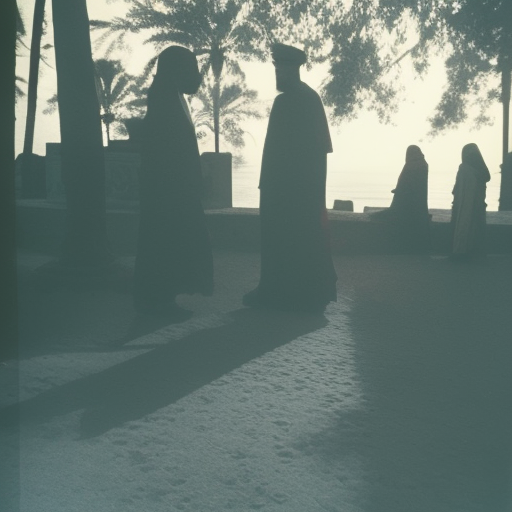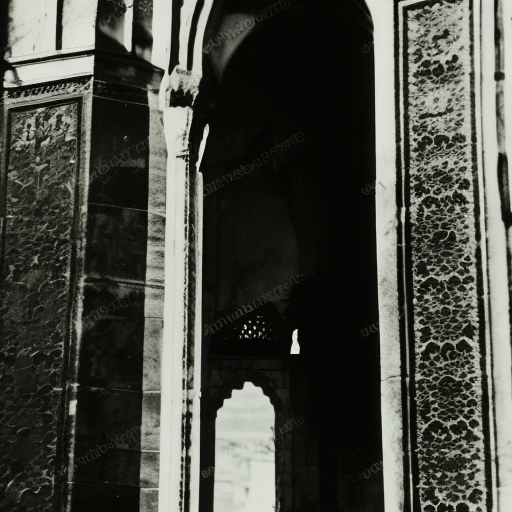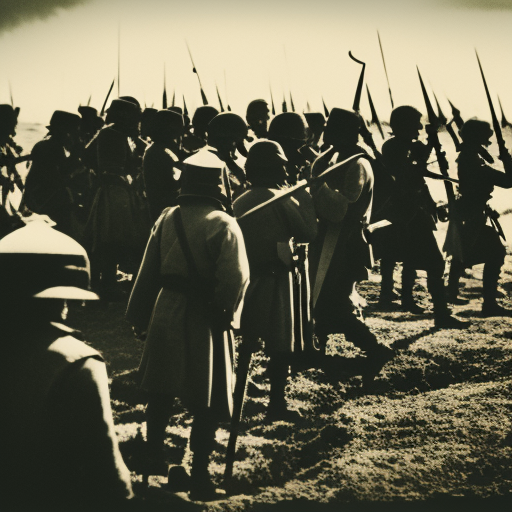The Travels of Ibn Battuta: A Journey Across the Islamic World
Ibn Battuta, a Moroccan scholar and explorer, embarked on a remarkable journey in the 14th century, traveling extensively across the Islamic world. His travels lasted for almost three decades and covered a distance of over 75,000 miles, making him one of the most prolific travelers in history.
Early Life and Education
Born in 1304 in Tangier, Morocco, Ibn Battuta came from a family of Islamic legal scholars. He received a comprehensive education in Islamic law, theology, and literature, which equipped him with the knowledge and skills necessary for his future travels.
The Hajj and Beyond
In 1325, at the age of 21, Ibn Battuta set out on his first journey, intending to perform the Hajj pilgrimage to Mecca. His journey took him through North Africa, Egypt, and the Arabian Peninsula, where he encountered various cultures and witnessed the diverse practices of Islam.
After completing the Hajj, Ibn Battuta’s thirst for adventure and knowledge led him to continue his travels. He ventured eastward, crossing the Red Sea to reach the Abbasid Caliphate in present-day Iraq. From there, he explored Persia, visiting cities such as Isfahan and Shiraz, and eventually arrived in the city of Baghdad.
Exploring the Indian Ocean
Ibn Battuta’s travels extended beyond the Middle East. He embarked on a sea voyage across the Indian Ocean, reaching the Maldives, a group of islands off the coast of present-day Sri Lanka. He spent several months there, fascinated by the local customs and the beauty of the islands.
Continuing his maritime journey, Ibn Battuta sailed to India, where he visited the bustling cities of Delhi, Calicut, and the Malabar Coast. He was impressed by the wealth and grandeur of the Delhi Sultanate and the opulence of the Indian courts.
China and Beyond
From India, Ibn Battuta set his sights on China. He traveled through the Hindu Kush mountains and the Silk Road, reaching the Yuan Dynasty ruled by the Mongols. He spent several years in China, visiting cities such as Beijing and Hangzhou, and was captivated by the advanced civilization and cultural richness of the empire.
After leaving China, Ibn Battuta embarked on a journey through Southeast Asia, visiting the kingdoms of Sumatra, Java, and the Malacca Sultanate. He marveled at the diversity of cultures and the vibrant trade networks that connected the region.
Return to Morocco
Ibn Battuta’s travels eventually led him back to Morocco, where he arrived in 1349. After years of exploration, he settled down and dictated his travel experiences to a scholar named Ibn Juzayy. The resulting work, known as the “Rihla” or “Travels,” provides a detailed account of his adventures and serves as a valuable historical source.
Ibn Battuta’s travels not only expanded his own knowledge and understanding of the world but also contributed to the broader understanding of the Islamic world during the 14th century. His observations and descriptions of different societies, cultures, and political systems provide valuable insights into the historical context of the time.
Legacy
Ibn Battuta’s legacy as a traveler and scholar continues to inspire people around the world. His writings have been translated into multiple languages and have become a significant source for historians studying the medieval Islamic world. His journeys also highlight the interconnectedness of different regions and cultures, emphasizing the importance of cross-cultural exchange and understanding.
In conclusion, the travels of Ibn Battuta represent an extraordinary feat of exploration and scholarship. His extensive journeys across the Islamic world provide a unique window into the diverse societies, cultures, and political systems of the 14th century. Ibn Battuta’s legacy as a traveler and his written accounts continue to captivate and educate people about the rich history of the Islamic world.












